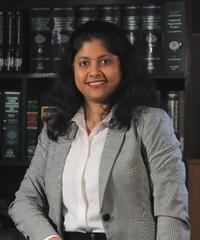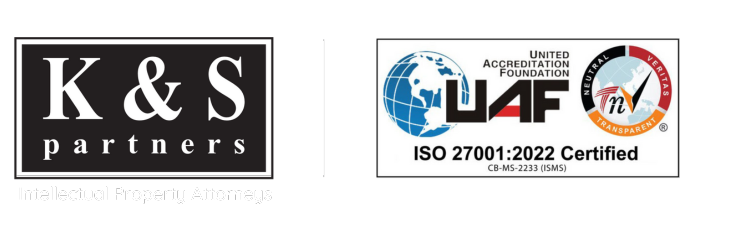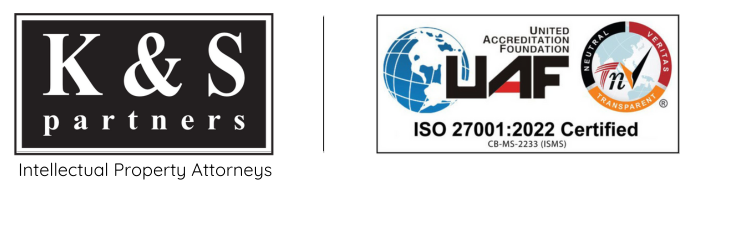
In its first decision on the patentability of computer programs, the Madras High Court clarified how software-based inventions can be patentable by showcasing technical effect and without the need for novel/inventive hardware.
In the case Microsoft Technology Licensing LLC v Assistant Controller of Patents & Designs, the appellant, Microsoft Technology Licensing LLC (Microsoft) filed a patent application for an invention related to the method of directing command to more than one unrelated application for processing simultaneously by associating components of the unrelated applications to a common command surface. The Assistant Controller of Patents & Designs (Controller) rejected the application on the grounds of lack of inventive step, excluded from patent protection under section 3(k) of the Patents Act, 1970 (Patents Act); as well as the non-compliance with section 10(5).
Microsoft argued that the invention solves a technical problem of the existing platform’s inability to process different unrelated applications simultaneously, by using the claimed invention that uses a single command surface coupled to more than one component on a page, hence increasing the system efficiency. Further, Microsoft argued that the patentability of the invention under section 3(k) should be verified based on the technical effect and technical contribution offered by the invention that improves the system functionality and efficiency. Microsoft also submitted that the Controller had erroneously raised the enablement and sufficiency objections under section 3(k). Furthermore, the order is not clear as to how the claimed invention lacks inventive step in view of the cited prior arts D1, D2 and D4.
The Court highlighted the importance of examining, interpreting and applying section 3(k) of the Patents Act to confirm the patent eligibility of the claimed invention and discussed the four exclusions of section 3(k) i.e., mathematical method, business method, computer programme per se and algorithms. Furthermore, they derived their definitions by partly relying on the Computer Related Inventions (CRI) Guidelines 2017 and the Copyright Act, 1957. The Court relied on the definition of “Computer programme” as per sections 2(ffb) and 2(ffc) of the Copyright Act, 1957 which is not addressed in the Patents Act. Since both, the Patents Act and Copyright Act govern intellectual property, in particular concerning computer programmes, and the Patents Act does not indicate that the definition in the Copyright Act is inappropriate, the Court deemed it appropriate to rely on the latter.
The Court also derived the definition of the term “per se” from the Joint Parliamentary Committee Report (the JPC report), in respect of the Patents (Second Amendment) Bill, 1999, which recommended the inclusion of the term “per se” and inferred that the term was not intended to exclude computer programmes as such, from patent eligibility, particularly those that provide an impact on the functioning of the hardware/computer. The Court also compared the term “per se” with its counterpart “as such” in the United Kingdom Patents Act and the European Patent Convention, which also requires that CRIs demonstrate a technical effect to become patentable.
Further, the Court again relied on jurisprudence of the Delhi High Court (DHC) decisions in Ferid Allani Supra, Microsoft Supra, Lava Supra that reconfirmed the patent eligibility of a CRI if it results in a technical effect that improves a system’s functionality. As the claimed invention, in this matter, eliminates the need for multiple command surfaces to process unrelated applications simultaneously by using a single command surface configuration, thus reducing the use of memory space and improving the system efficiency, the Court concluded that it is patent eligible and does not attract section 3(k) of the Patents Act. The Court further added that the requirement of enablement is not a relevant consideration under section 3(k) of the Patents Act, and therefore is not a valid ground for rejection.
The Court also found the prior art D2 and D4 are not relevant because the technical problem envisaged by these prior arts is different from that of the claimed invention. Also, the Court analysed prior art D1 vis-à-vis the claimed invention and differentiated the claimed invention for facilitating the outflow of the commands in contrast to D1’s system that facilitated the inflow of the input commands, thereby not being obvious to Person Skilled in the Art (PSITA) to achieve the technical advancement of the claimed invention.
Based on these observations and conclusions, the Court overturned the Controller’s decision and allowed grant of the claims 1-11 rendering Microsoft’s claimed invention patentable.
This judgment clarifies the definitions of the exclusions under section 3(k) of the Patent Act which otherwise is silent in the CRI guidelines nor the Patents Act, thereby guiding both the Applicants and the Examiners to appropriately interpret the tenability of grounds of rejection under section 3(k) of the Patents Act. The judgement also aligns with the DHC’s interpretation of section 3(k) thereby affirming the valid interpretation of section 3(k) of the Patents Act.
ABOUT THE AUTHOR

Devi MS
Devi MS is a Partner with K&S Partners and has over 17 years of experience in the domains of computer sciences, electronics and design.

